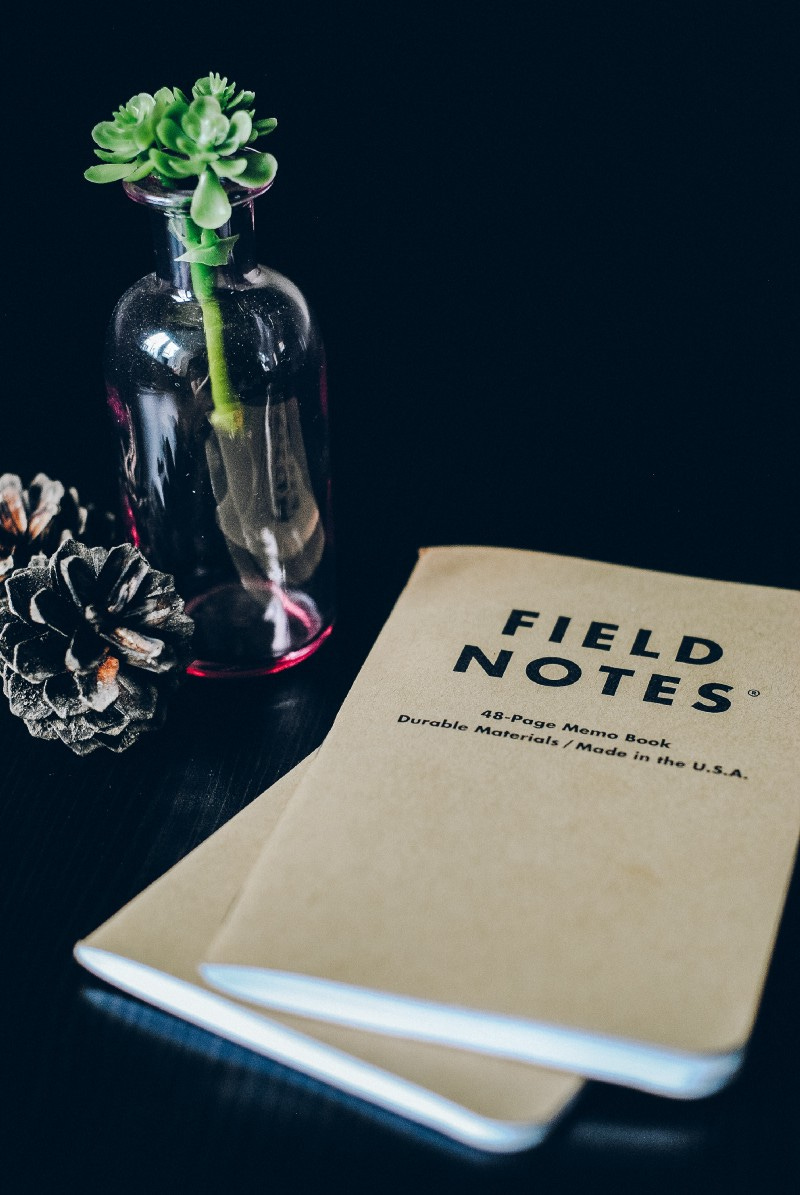Amp Up Your Writing By Adding Detail
I’m going through a bit of a Frances Mayes obsession at the moment. You’re probably familiar with her — she wrote Under the Tuscan Sun…

I’m going through a bit of a Frances Mayes obsession at the moment. You’re probably familiar with her — she wrote Under the Tuscan Sun. When I told a writer friend I was reading Mayes, she rolled her eyes. But here’s the deal: you may associate her with the somewhat fluffy movie starring Diane Lane, but she’s a very literate, literary, and engrossing writer. I plowed through her recent novel, Women in Sunlight and now I’m reading A Year in the World.
Here’s what I’m most admiring about her books: her use of detail. Mayes writes lovely, lush descriptions that are laden with detail, and that brings her world — the myriad places she travels — alive for the reader. Here’s an example:
“Alghero, nominally an Italian town on the western edge of Sardinia, has colorful geometric-tiled cupolas, Catalan street names, Arabic flourishes in the cuisine. I feel a sudden attraction to Spain, to exotic Moorish courtyards, fountains that soothed those desert invaders, to the memory of a Latin man who once whisperered to me, ‘Please, share my darkness in Barcelona.’”
Evocative, no? If I were trying to describe it I’d probably talk about the cupolas and call it a day. Or how about this one:
“And my home lulls me. The yellow roses on the table, creamy ironed sheets with my mother’s monogram, rabbit with fennel baking in the oven, guests about to arrive, my cat Sister purring against my foot, a sunroom full of books.”
Wonderful. Not just any roses, but yellow roses. Not just any sheets, but creamy sheets. Not just any cat, but a cat named Sister.
Specificity. The world in the details.
Too often we assume the opposite — that the world exists in generalities. That we will reach more people by being inclusive and, dare I say it, bland. That if we use too much detail it will turn people off because it is so foreign. But that’s precisely what the writer needs to provide her reader. A sense of place, of character, of story, rooted in the specificity of detail.
I’m not good at this. I have to reach to add such specific detail to my work. But every time I succeed, I know I’ve just taken my prose up a notch. So here are a couple hints how you can do it, too.
Be Specific. Not tree, oak. Or better, gnarly old oak. Not green, but moss green. Or kelly green. Or forest green. (Color is a great way to add detail. So simple, and yet so underused. The former director of my MFA program, Sena Jeter Naslund, often talked about the big splash simply naming colors adds to your writing.)

Observe and take notes. The only way to add details is to know them. And the only way to know them is to observe. Be present. Be aware. Write down what you see. (You do carry pen and paper, right? Okay, okay, you can use a note-taking app on your phone. But it doesn’t have quite the same resonance.)
Read for inspiration. Read writers who make lavish use of description and detail and emulate how they do it. Copy a paragraph of their work into your writer’s notebook (or, okay, your phone). Get the feel for their work and then adapt it to your own.
Layer it on. Be fecund with your details. In all my years of working with writers, I’ve never, ever, once said, this is too much, take some out. Instead, the discovery drafts I read are usually sketchy, outline-ish. I’m constantly writing more! in the comments. So don’t be afraid to shovel on the details.
And, you can go too far. Some people just don’t like a lot of detail and description. If the detail doesn’t serve any purpose, you can ditch it. But also be aware that plenty of people do appreciate the details. And if they don’t they can just skim over it. (Also, be aware that decisions about what is too much or too little is a polishing/last draft thing.)
So if you have a bit of prose that is lying inert on the page — shake it up. Add some details. Close you eyes and imagine every bit of the scene in full color with all your senses activated. And then put it on the page.
Charlotte Rains Dixon is the author of the novel Emma Jean’s Bad Behavior (Vagabondage Press, February 2013), and articles published in magazines such as Vogue Knitting, The Oregonian and Pology, to name only a few, and her short fiction has been published in Somerset Studios, The Trunk and the Santa Fe Writer’s Project. She earned her MFA in creative writing at Spalding University in 2003, and has been teaching and coaching writers ever since, both privately and as an adjunct professor at Middle Tennessee State University’s Write program. She’s been blogging about writing, creativity, and motivation at charlotterainsdixon.com since 2007. She is repped by Erin Niumata at FolioLiterary. Visit her website at charlotterainsdixon.com and her travel site at letsgowrite.com.
This post contains affiliate links.



